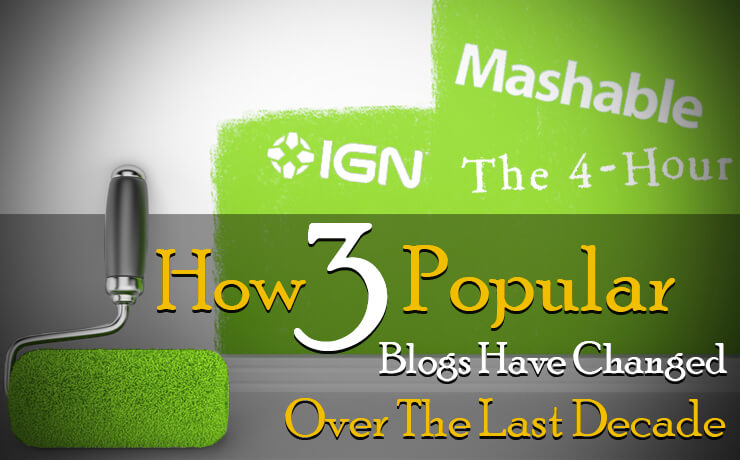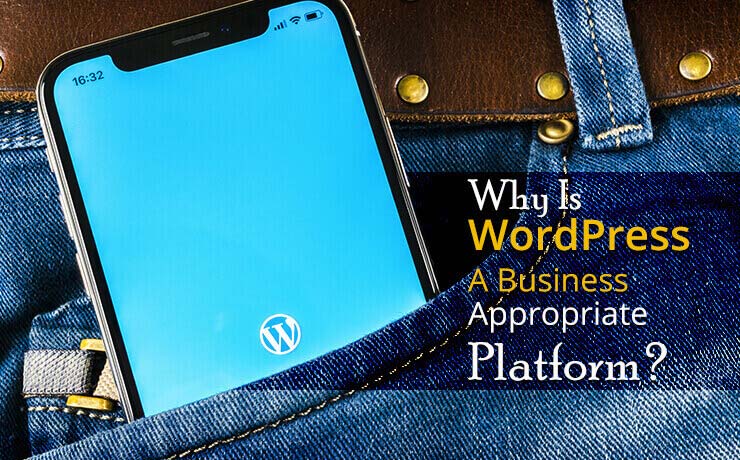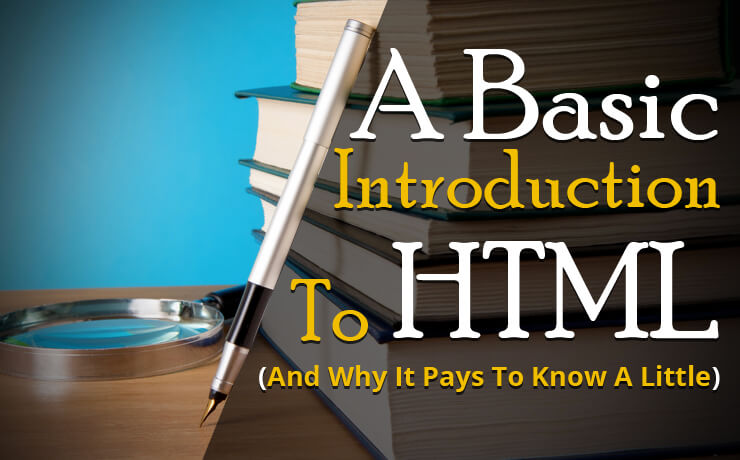How 3 Popular Blogs Have Changed Over The Last Decade

Chad Faith
Director of Content

Fashions come and go in web design just as they do in clothing. One moment it’s trendy for every site to use lots of Flash and GiFs, the next moment it’s minimalism and empty space that’s in vogue.
These changes happen quietly behind the scenes and in small increments such that we don’t always notice them. If you were to wind the clock back a decade and see the way things used to be compared directly with the way they are today though, then you would no doubt be very surprised at the changes…
In fact though, this is something that you can actually do thanks to the Internet Wayback Machine and doing so is a great way to see those changes presented barely. Let’s take a look at some notable changes that three popular blogs have undergone in the last 10 years and at what this might suggest about the state of web design today and its trajectory going forward…
Mashable
Mashable.com is a blog that deals with news, with a leaning towards technology and social media. Today the site is a shining example of modern web design with light colors, lots of space and large high-definition images.
Go back to 2010 and you’ll see a more conventional blog format with new stories appearing in one column with menus and banners appearing along the top and right. There was definitely more of a preference for written content on the first page versus images back then, while the blue was somewhat less vibrant. Head back further to 2008 and the changes are exaggerated: there is now much more text, many more menus and far less real-estate given to images. We also see the design become much narrower and less responsive; sites getting wider is a trend you see across much of the web.
IGN
IGN is a blog that covers computer games as well as comics, films and other areas of pop culture. The site has been going since 1998 and has undergone many changes in that time. Originally, IGN utilized a very narrow black and orange design that featured mostly text links and very few images: a symptom of slower internet connections. Move forward to the early 2000s and you get a site that still has small text links down one side, but also has a gun-metal and red color scheme and lots of shading – a ‘more is more’ approach.
Today the site has adopted many of the more modern design traits seen elsewhere across the web: big images, big touch-friendly tabs and a fair amount of empty space (though it’s often filled with advertising).
The Four Hour Blog
The Four Hour Blog is the blog of Tim Ferriss, an author and entrepreneur who has enjoyed great success online since his first book release: ‘The Four Hour Workweek’. On the blog he discusses topics ranging from health and fitness to making money online and is all about recommending the most efficient ways to get work done.
Looking at the blog today versus its early appearance back in 2007, it actually seems to have moved against the tide in a number of ways. The design is actually more cluttered today than it was back then and is actually darker – focusing on a contrasting black and green rather than white and green.
What’s going on? Well, one potential clue comes from looking at the cover of his latest book which is black and green. Seeing as his first book had a white cover, it appears that Tim has opted to change his design in keeping with the books he has released. This is confirmed if you take a snapshot from 2010 when the site used more orange – just like his second book.
The moral? While design trends are important to consider, sometimes there are other factors to keep in mind that will be unique to your business and your site.









